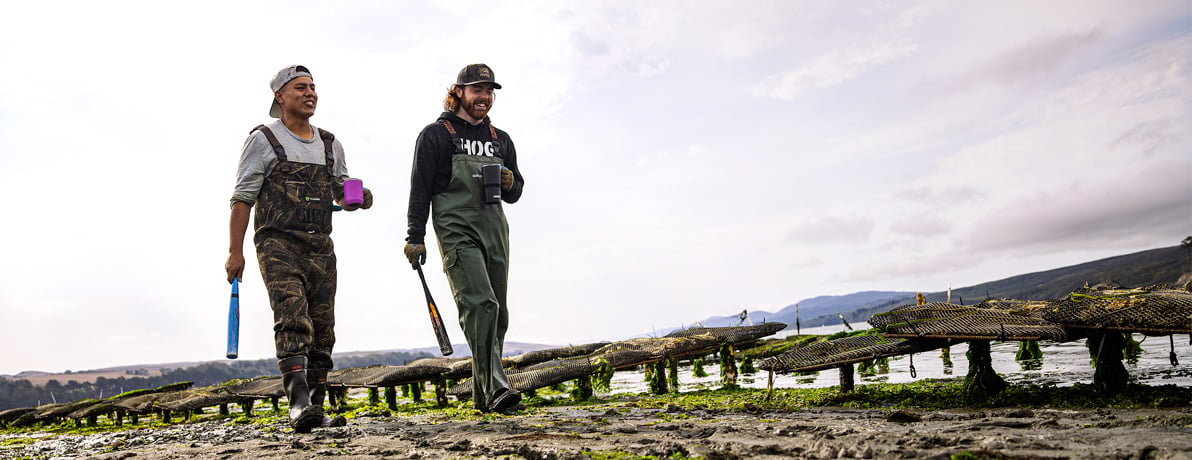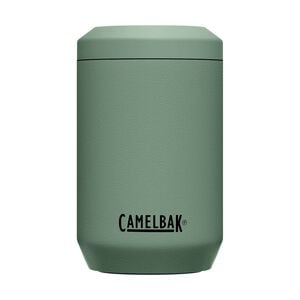
Behind-The-Scenes at Hog Island Oyster Co.
Oyster Farm Committed to Sustainability & Hydration
Hog Island Oyster CO. began oyster farming in 1983 with the goal of raising the best quality, sustainable shellfish.
We caught up with John Finger, CEO of Hog Island Oyster Co., and got a behind the scenes look at how the crew works hard each day to stay hydrated while sustainably harvesting oysters right in our backyard.
How does sustainability factor into Hog Island’s oyster harvesting?
Growing and harvesting oysters is an inherently sustainable activity because there is no need for outside feed or fertilizer to grow oysters like many traditional agricultural processes. The oysters simply grow off their marine surroundings. Additionally, the oysters and the gear we use to grow them support a high level of biodiversity, allowing their surrounding environment to thrive. Also, growing an animal protein like oysters requires little to no fresh water.
How does the oyster farming process give back to nature?
Oysters are a key part of a healthy estuary as they filter the water, help sequester carbon, and remove nitrogen from the water.
What conservation efforts is Hog Island making in general and/or for the ocean?
In 2015/2016 Hog Island Oyster Co. became the first Certified BCorp shellfish farm and a legally registered California Benefit Corporation. In general, we are decreasing our carbon footprint. We generate 85% of our electricity at our Marshall site through solar, we are part of the Shellfish Growers Climate Coalition to bring awareness to ocean acidification, we host two seawater chemistry monitoring stations that scientists use to understand changing ocean conditions, and we're also involved in native oyster restoration projects. Hog Island is working with a unique partnership of restoration scientists and shellfish growers to bring back native oysters, both in the wild and on farms and restaurant menus.
How does hydration factor into the work at Hog Island?
Our work is very physical, especially on the Farm. We want to ensure that all our employees – especially those working in the elements, whether on the bay or at one of our outdoor seating areas at our restaurants – are always safely hydrated.
What’s one message you want to get across to your consumers?
We believe that doing the right thing is always the right way to do business. Whether that's for the environment, the community, or our people.
About Hog Island Oysters
We began oyster farming in 1983 with the goal of raising the best quality, sustainable shellfish in a beautiful location. We started our farm with a five-acre shellfish lease in Tomales Bay, CA raising the Pacific oyster (Crassostrea gigas), which we call our Hog Island® Sweetwater. Today, we farm on 160 acres of intertidal lands in Tomales Bay where we raise all five edible oyster varieties found in the Northern Hemisphere, plus Manila clams.
Learn more about their story: https://hogislandoysters.com/our-story/


